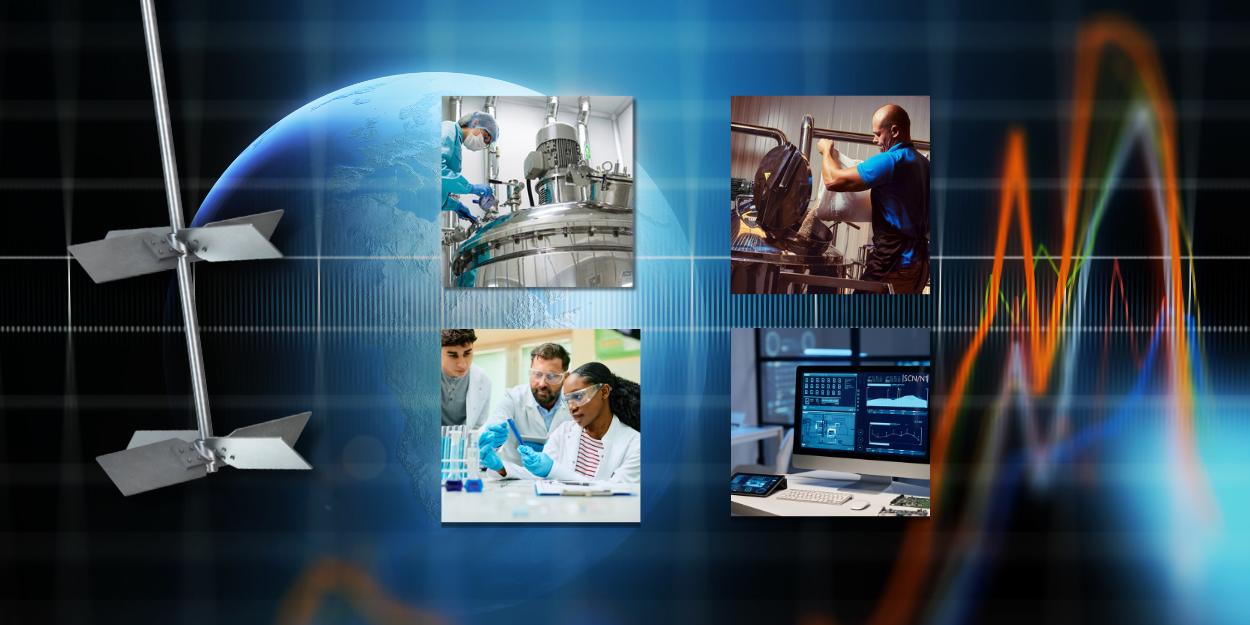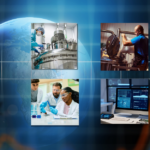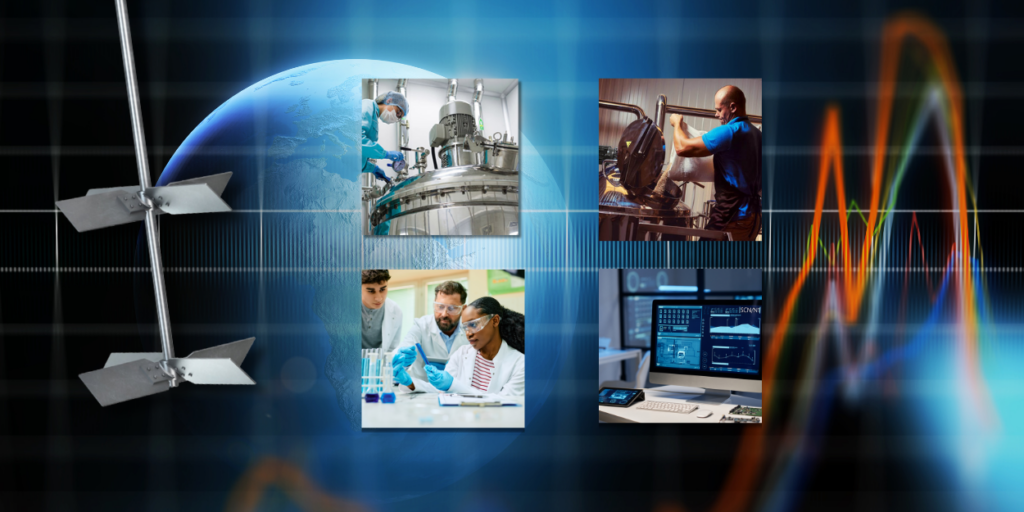Industrial mixing technology has undergone a remarkable transformation from traditional manual methods to sophisticated agitators. In the current fast-paced landscape, keeping abreast of emerging trends and advancements is vital to maintaining a competitive edge. The process of mixing plays a pivotal role across multiple sectors, spanning pharmaceuticals, mining,
and beyond. This article aims to explore the latest trends in mixing technology, shedding light on how innovation is revolutionizing this foundational industrial process.

Embracing Digitalization and Automation
One of the pivotal shifts in mixing technology is the escalating integration of digitalization and automation. The onset of Industry 4.0 and the Internet of Things (IoT) has spurred the adoption of intelligent mixing solutions. These systems harness sensors and data analytics to fine-tune mixing parameters, leading to consistent product quality and minimized energy consumption. Automation also mitigates human error, amplifying overall efficiency.
Refined Inline Monitoring and Control
The landscape of inline monitoring and control systems is evolving toward increased sophistication. Real-time data capture and analysis empower operators to swiftly adjust, ensuring unwavering product consistency and quality. Leveraging advanced sensors and analytical tools, these systems meticulously monitor factors like temperature, pH, and viscosity, offering invaluable insights into the mixing process.

Fostering Energy Efficiency
Energy-efficient mixing has garnered significant attention owing to environmental concerns and economic factors. Innovations in mixer and agitator designs now emphasize reducing energy usage while upholding performance standards. Variable speed drives, optimized impeller designs, and computational fluid dynamics (CFD) simulations collectively contribute to more energy-efficient mixing protocols.
Customization and Adaptability
The industry demand for tailored solutions continues to surge. There’s a pressing need for mixing equipment that can seamlessly adapt to diverse processes and accommodate varying product requirements. Manufacturers of mixing equipment are responding by offering heightened flexibility and customizable options tailored to specific production needs.

Elevating Mixing Techniques
Fundamental principles of effective mixing and their practical application often take a back seat to off-the-shelf mixers, leading to inefficiencies and compromised product or process quality.
Prioritizing Cleanliness and Hygiene
The significance of cleanliness and hygiene, especially in sectors like food and pharmaceuticals, remains paramount. Recent strides in materials and design have simplified the maintenance and sanitization of mixing equipment. This is pivotal in preventing contamination and ensuring product safety.
Advancements in Materials and Coatings
Material science breakthroughs have paved the way for more resilient and corrosion-resistant components in mixing equipment. Novel coatings and materials significantly extend the lifespan of mixers and agitators, thereby curbing maintenance costs and downtime.

Conclusion
Industrial mixing stands as a dynamic field exerting a profound influence on process efficiency and product quality across diverse sectors. Remaining abreast of the latest trends and innovations in mixing technology is imperative for businesses striving to retain their competitive edge in today’s ever-evolving landscape. Be it digitalization, sustainability, advanced techniques, or superior materials, these trends are reshaping the way we approach mixing and processing. Embracing these innovations promises enhanced quality, reduced expenses, and a more sustainable approach to industrial mixing. As the industry continues its evolution, it’s evident that staying ahead of the curve in mixing technology is pivotal for continued success.





